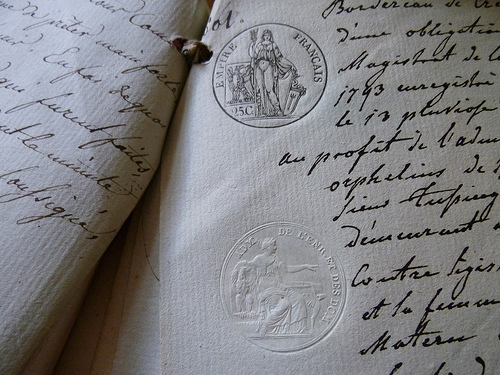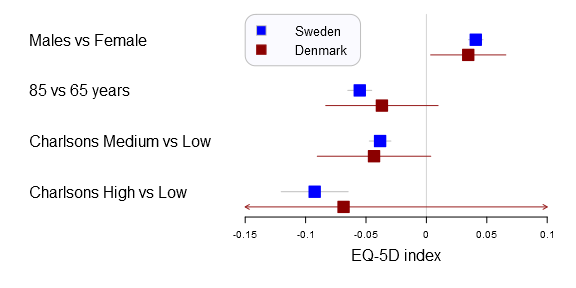
A beautiful old document. Probably state of the art in those days. The image is CC by storebukkebruse.
Fast-track publishing using knitr is a short series on how I use knitr to get my articles faster published. By fast-track publishing I mean eliminating as many of the obstacles as possible during the manuscript phase, and not the fast-track some journals offer. In this first introductory article I will try to (1) define the main groups of obstacles I have experienced motivating knitr, (2) options I’ve used for extracting knitted results into MS Word. The emphasis will be on general principles and what have worked for me. Continue reading

